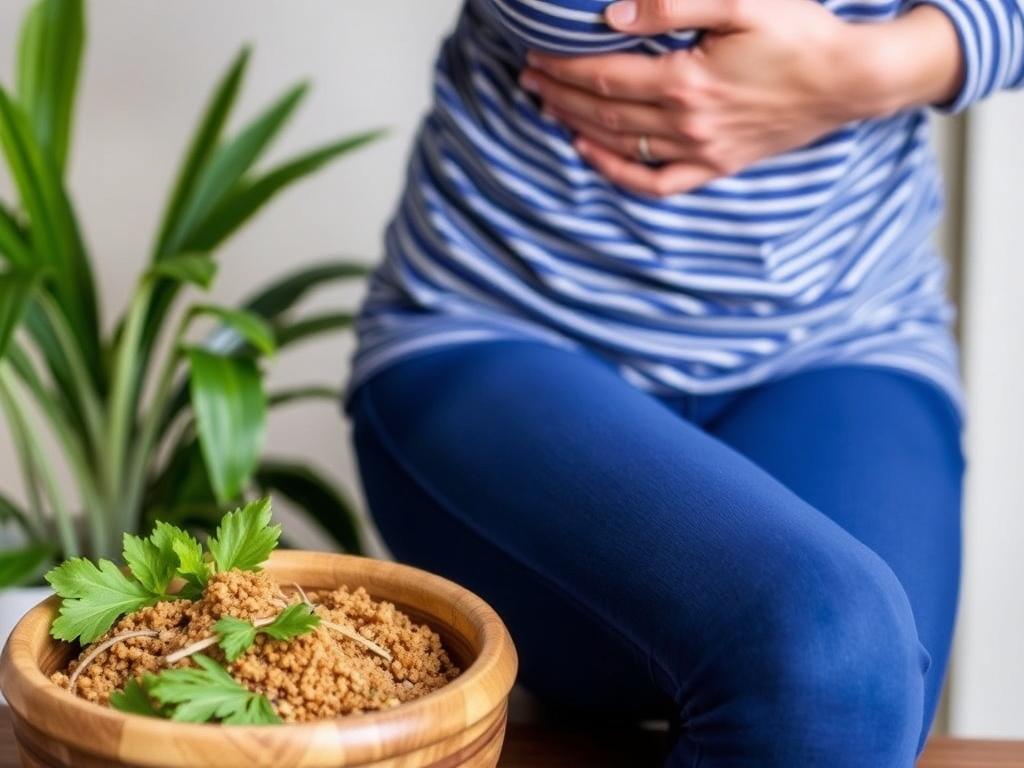Ginger has been a kitchen staple and a medicine chest favorite for thousands of years, and for good reason. That knobbly, fragrant root—bright inside, warm and peppery on the tongue—has a remarkable knack for calming queasy stomachs, settling digestion, and helping people feel more comfortable after meals or during travel. Whether you know it as the zing in your stir-fry, the warmth in your tea, or the secret ingredient Grandma swore by for morning sickness, ginger is one of those natural remedies that manages to be both familiar and surprisingly powerful.
This article takes you through ginger’s history, the science behind how it helps with nausea and digestion, the situations where it works best, and practical, safe ways to use it. We’ll compare different forms—fresh, powdered, tea, capsules—and give clear tips for dosing, recipes, and safety. If you’ve ever wondered whether ginger will help your queasy stomach, or how to use it without making things worse, keep reading. I’ll walk you through everything step by step, in plain language, and with practical advice you can use today.
What is ginger? A quick history and introduction
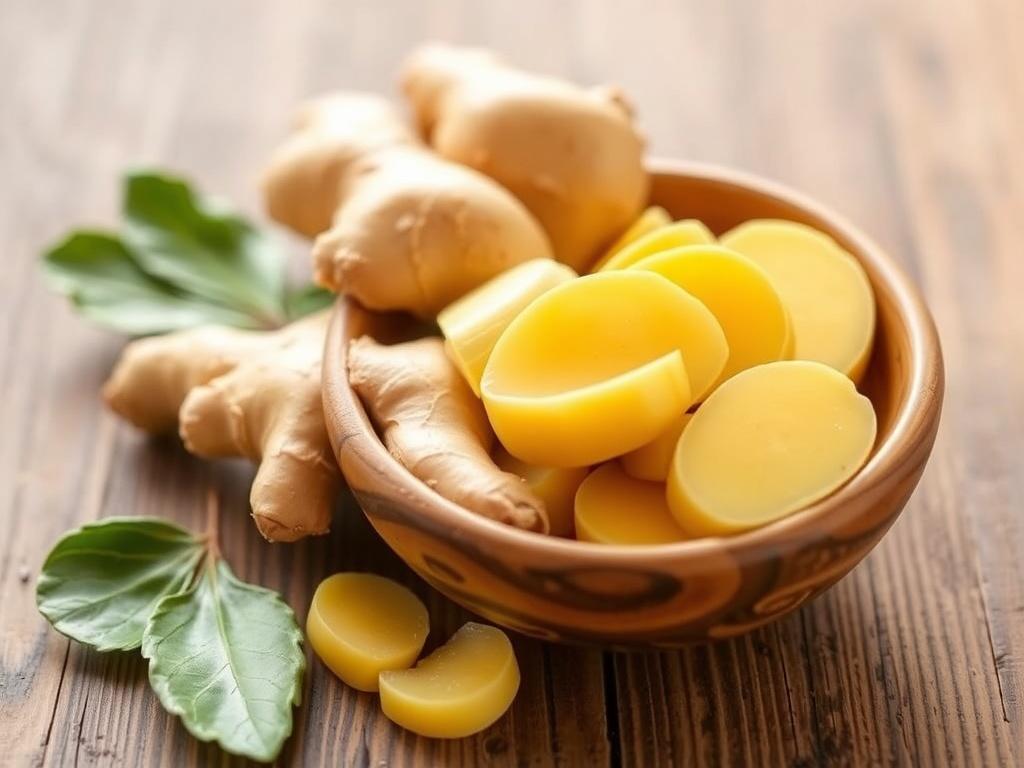
Ginger (Zingiber officinale) is a flowering plant native to Southeast Asia. People have used it for culinary and medicinal purposes for millennia—in Ayurvedic and Traditional Chinese Medicine it’s prized for warming properties and for settling digestive disturbances. Sailors carried ginger on long voyages to combat motion sickness; medieval Europeans used it in preserved forms to keep food and stomachs happier; and modern kitchens use it for both flavor and the subtle soothing it can lend to an upset stomach.
From a botanical point of view, the underground stem or rhizome is the part we use. It contains volatile oils and pungent compounds that give it its characteristic aroma and effect. In everyday life, ginger appears in many formats: fresh slices, grated root, powdered spice, candied bits, tea, essential oil, tinctures, and standardized supplement capsules. Each format has slightly different strengths, tastes, and practical uses—and that variety is part of ginger’s charm.
How ginger works: the science behind the spice

You may have heard that ginger “settles the stomach,” but what does that mean scientifically? Several mechanisms seem to contribute to ginger’s anti-nausea and digestive benefits. Researchers point to a mix of actions on the gut itself, on nerves that send signals to the brain, and on inflammation and digestive motility.
Active compounds: gingerol, shogaol, and friends
The primary bioactive molecules in ginger include gingerols, shogaols, paradols, and volatile oils such as zingiberene. Fresh ginger is rich in gingerols; when ginger is dried or cooked, some gingerols convert to shogaols, which are more pungent. These compounds have been studied for anti-inflammatory, antioxidant, and antiemetic (anti-vomit/nausea) properties.
How ginger calms nausea and aids digestion
Several likely mechanisms work together:
– Effects on gut motility: Ginger can speed gastric emptying and improve stomach contractions, which helps move food and gas along and reduces the sensation of fullness and bloating.
– Nervous system modulation: Ginger compounds may act on serotonin receptors (a key neurotransmitter in nausea pathways), vagal afferents, and other neural circuits that carry nausea signals from the gut to the brain.
– Anti-inflammatory actions: Ginger’s anti-inflammatory properties may soothe the gut lining in some conditions, reducing discomfort.
– Antispasmodic effects: It can reduce smooth muscle spasms in the intestines, helping with cramps and pain from gas or indigestion.
Taken together, these actions explain why ginger is helpful for many—but not all—types of nausea and digestive complaints.
What the research says: evidence by situation
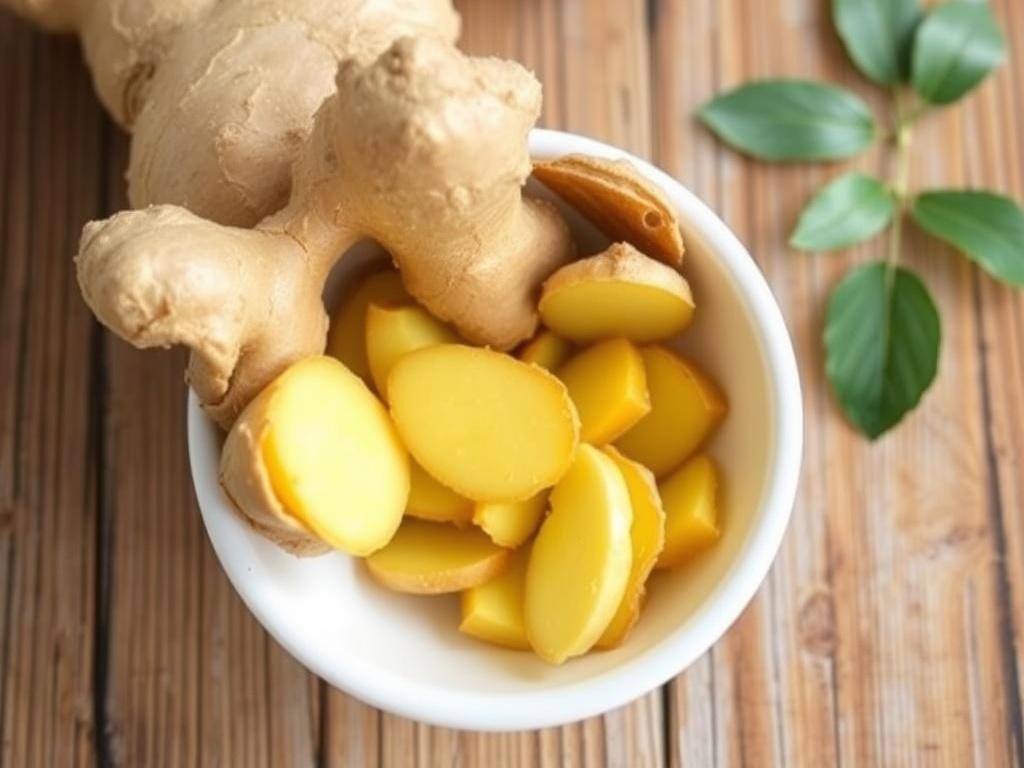
Ginger has been studied widely, but the strength of evidence varies by condition. Below I summarize the key findings in plain language.
Pregnancy-related nausea (morning sickness)
One of the best-supported uses for ginger is mild to moderate nausea and vomiting in early pregnancy. Multiple randomized trials and meta-analyses have shown that small doses of ginger (commonly 500 mg to 1,000 mg per day, divided across doses) can reduce nausea intensity and frequency for many women. It doesn’t work for everyone, but for those who prefer non-pharmaceutical options, ginger is often recommended as a first-line, low-risk approach. Always check with a prenatal care provider if you’re pregnant—particularly if you’re on other medications or have a high-risk pregnancy.
Motion sickness and travel nausea
Traditional use for motion sickness is supported by mixed but generally positive evidence. Many people report symptom relief when using ginger before or during travel. It appears more effective for nausea than for the dizziness or vertigo that sometimes accompanies motion sickness. Taking ginger in advance of travel (an hour or so before) is commonly recommended.
Postoperative and chemotherapy-induced nausea
The evidence for chemotherapy-related nausea and vomiting is mixed. Some studies show modest benefits when ginger is used in addition to standard antiemetics; others find little effect. For postoperative nausea, several trials report reduced nausea when ginger is used pre- or post-surgery, often alongside conventional medications. Because these are higher-stakes settings, ginger is typically considered complementary—not a replacement for prescribed antiemetics.
Functional dyspepsia and indigestion
Functional dyspepsia—chronic indigestion without a clear structural cause—often responds to strategies that improve gastric emptying and reduce bloating. Ginger’s prokinetic (movement-promoting) effect appears to help in many people, easing post-meal fullness, bloating, and discomfort. Trials are encouraging but varied, and results can depend on the form and dose used.
Gastroenteritis (stomach flu) and general nausea
For acute stomach bugs, ginger may reduce nausea and help with digestion—but it’s not an antiviral or antibacterial cure. It can make symptoms more bearable, especially when you’re sensitive to strong-tasting anti-nausea medications or want something natural.
Forms of ginger and how they compare

Ginger comes in many formats, and each has pros and cons. The right choice depends on why you’re using it—pregnancy nausea, motion sickness, an upset stomach after a heavy meal, or simply to add to your diet.
| Form | Typical use | Pros | Cons | Typical dose |
|---|---|---|---|---|
| Fresh root (sliced, grated) | Tea, cooking, chewing | Most natural flavor; adjustable strength; quick to prepare | Shelf life limited; texture may be unpleasant raw for some | 1–3 g fresh (~1/2–1 inch piece) per serving |
| Powdered ginger | Spice, capsules, baking | Convenient; long shelf life; measured dosing | Less volatile oils than fresh; sometimes weaker | 500–1,000 mg/day in divided doses for nausea |
| Ginger tea (fresh or dried) | Sipping for nausea, warming drink | Hydrating and calming; gentle and adjustable | May be too weak if heavily diluted | 1 cup brewed from 1–2 g fresh root or 1 tsp powder |
| Ginger candy/candied ginger | Quick chew to relieve nausea | Portable and palatable; quick onset | High in sugar; not suitable for diabetics | One or two pieces as needed |
| Ginger extract/tincture | Concentrated dosing, capsules | Standardized active content; easy dosing | Quality varies by brand; more expensive | Follow product label; common capsules 250–500 mg |
| Ginger essential oil | Aromatherapy, topical blends | Helpful for inhalation nausea relief | Not for internal use undiluted; can irritate skin | A few drops for inhalation or diluted topically |
How to use ginger for specific situations

Below are practical, easy-to-follow suggestions you can try. These are general recommendations; individual responses vary.
For pregnancy nausea
- Common practice: 500 mg to 1,000 mg of ginger per day, divided in two or three doses. For example, 250–500 mg in the morning, mid-morning, and/or in the evening.
- Start with a smaller dose and increase if needed. Some women find fresh ginger tea in the morning very soothing.
- Discuss with your prenatal care provider—especially if you’re taking other medications or have a complicated pregnancy.
For motion sickness
- Take ginger about 30–60 minutes before travel. A typical approach is 1 g of ginger, split into two doses (e.g., 500 mg before leaving and 500 mg mid-journey if necessary).
- Chewing candied ginger or sipping strong ginger tea can help during travel.
For post-meal indigestion and bloating
- Drink ginger tea or take 250–500 mg of powdered ginger after meals if you commonly feel full or bloated.
- Fresh grated ginger added to dishes can help the digestive process as you eat.
For acute nausea (stomach bug, mild food poisoning)
- Sip ginger tea slowly, or take ginger candies. Small, frequent sips are easier on a queasy stomach.
- Avoid spicy or oily foods; ginger is supportive, not curative. If you’re dehydrated or vomiting persistently, seek medical help.
For chemotherapy- or surgery-related nausea
- Ginger may help as an adjunct to prescribed anti-nausea medications, but consult the oncology or surgical team first.
- Doses used in trials vary; some used 0.5–1 g daily in divided doses. Follow clinician advice rather than self-medicating at high doses.
Simple ginger recipes and preparations you can make at home

Ginger is versatile and easy to prepare. Here are some straightforward options you can try right now.
Fresh ginger tea
- Ingredients: 1–2 inches fresh ginger root, 2 cups water, honey or lemon to taste.
- Method: Slice or grate the ginger. Bring water to a boil, add ginger, reduce heat, and simmer for 10 minutes. Strain and sip slowly.
- Tip: For a stronger brew, simmer up to 20 minutes. Add lemon for a fresh flavor and honey if you need soothing sweetness.
Ginger chew (quick)
- Thinly slice candied ginger or cut a small fresh piece to chew slowly at the first sign of nausea.
- Do this in small amounts to avoid overwhelming the stomach with strong flavor.
Ginger and lemon water
- Add thin slices of fresh ginger and lemon slices to a pitcher of warm or room-temperature water. Sip throughout the day for mild nausea or digestive support.
Ginger in food
- Add grated ginger to stir-fries, congee, broths, and smoothies. Its warming nature pairs well with comfort foods and can ease digestion when consumed with meals.
Safety, side effects, and interactions
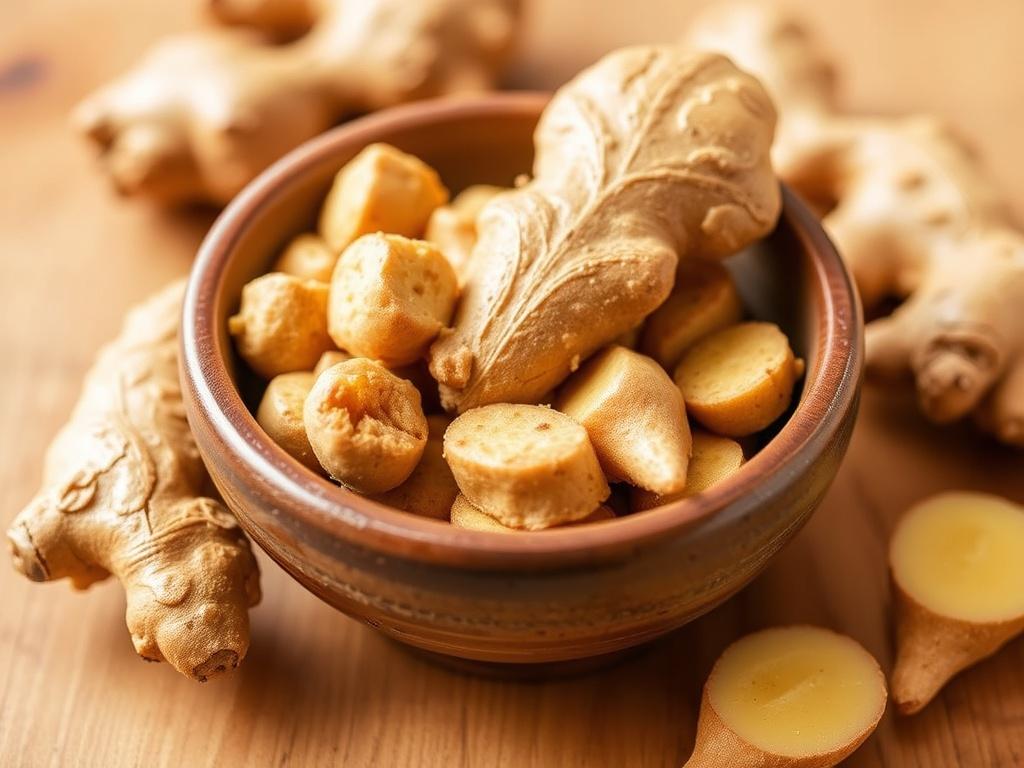
Ginger is generally safe for most people when used in culinary amounts and often safe in supplemental doses commonly studied (up to about 1–2 grams per day). Still, it’s important to be aware of possible side effects and interactions.
Common side effects
- Mild heartburn or stomach discomfort in some people
- Mouth or throat irritation if consumed very strong or raw in large amounts
- Increased belching due to relaxed lower esophageal sphincter in sensitive individuals
Important interactions and cautions
- Blood thinners: Ginger can have mild antiplatelet effects and may increase bleeding risk when combined with anticoagulants or antiplatelet medications (warfarin, aspirin, clopidogrel). Discuss with your prescriber before using high-dose ginger supplements.
- Diabetes medications: Ginger may lower blood sugar modestly. If you take medication for diabetes, monitor blood glucose more closely when starting ginger regularly.
- High blood pressure medications: Ginger can interact with certain medications; check with a clinician if you take antihypertensive drugs.
- Gallbladder disease: Ginger stimulates bile flow in some contexts. If you have gallstones or biliary obstruction, ask your healthcare provider before using larger doses.
- Surgery: Because ginger can affect bleeding times, avoid high-dose ginger supplements for at least a week before surgery unless your surgeon advises otherwise.
Who should be cautious
- People on blood thinners, with clotting disorders, or scheduled for surgery
- People with known gallstones or severe gallbladder disease
- Pregnant people should consult their prenatal care provider before starting a supplement (dietary culinary use is typically fine)
- Children: use lower doses and check with a pediatric clinician for children under two or with chronic conditions
Dosing quick-reference table
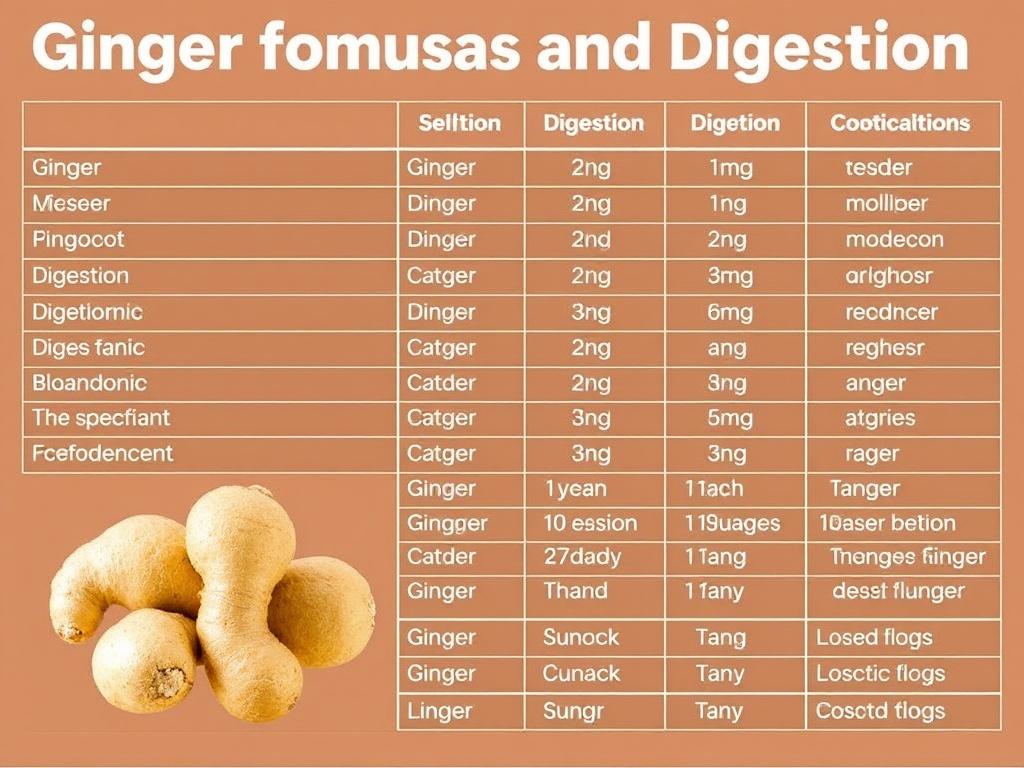
| Situation | Typical ginger dose | Form recommended |
|---|---|---|
| Pregnancy-related nausea | 500–1,000 mg per day in divided doses | Powdered capsule, tea, or fresh slices |
| Motion sickness | ~1 g before travel, repeat as needed | Candy, tea, capsule |
| Post-meal indigestion | 250–500 mg after meals | Tea, fresh ginger in food |
| Acute nausea (stomach bug) | Small frequent sips of tea or candy as needed | Tea, candy |
| Adjunct for chemo/post-op nausea | Discuss with clinician; 0.5–1 g used in some studies | Capsule or extract under supervision |
Practical tips and common questions
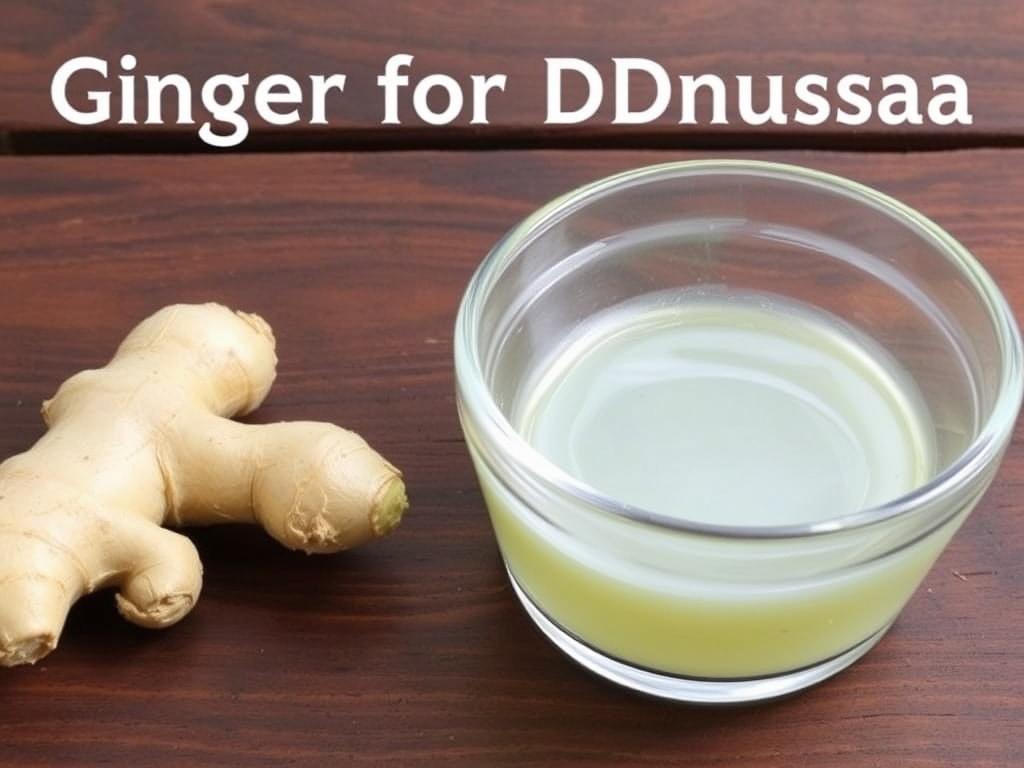
Here are answers to some practical questions people often ask.
Will ginger make my heartburn worse?
Some people with reflux find ginger soothing; others notice increased heartburn. Start with small amounts. If heartburn worsens, stop and try an alternative such as peppermint (but note peppermint can also relax the lower esophageal sphincter and worsen reflux in some people).
Is fresh or powdered ginger better?
Both work. Fresh ginger has more of certain volatile oils while dried/powdered forms can be more concentrated in others. For immediate, flavorful relief, fresh is great. For consistent dosing, capsules or standardized extracts are easier to measure.
How soon does ginger work?
It depends on the form. Chewing candied ginger or sipping a strong tea can bring relief within 10–30 minutes for many people. Capsules may take longer to be absorbed but can provide sustained relief over a few hours.
Can I use too much ginger?
Excessive use can lead to unpleasant effects like heartburn, diarrhea, or mouth irritation. Very high doses are generally unnecessary and increase the risk of interactions. Stick to customary supplemental ranges (around 500–2,000 mg/day) unless under medical supervision.
When to see a doctor instead of relying on ginger
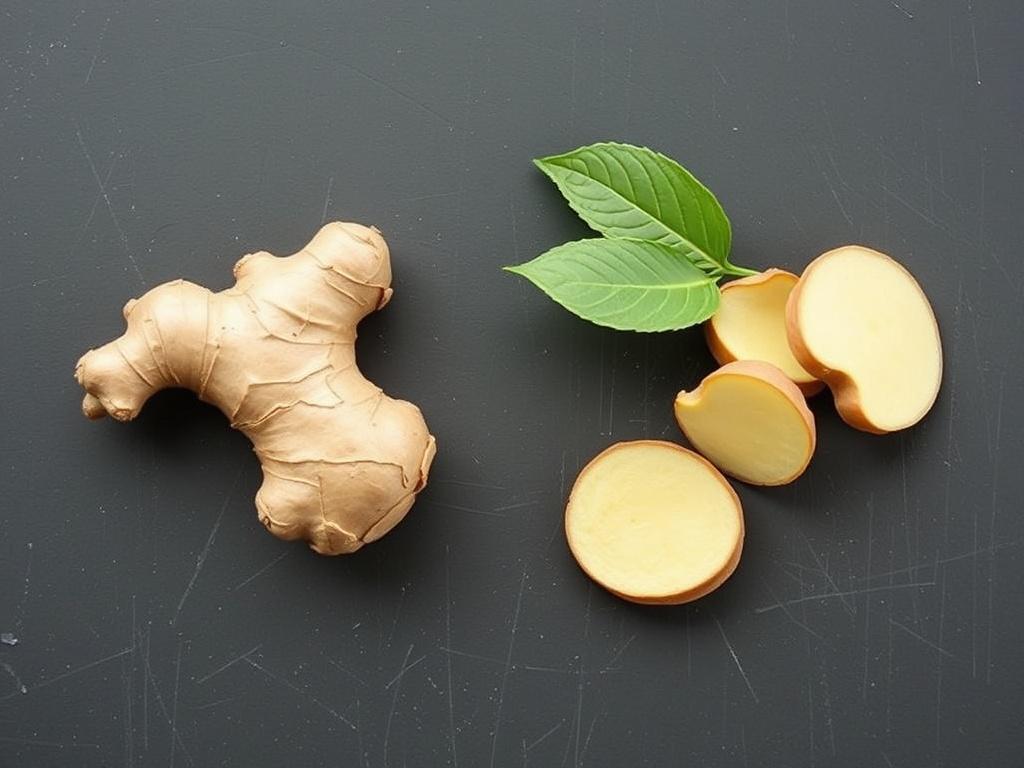
Ginger is a helpful tool, but there are situations where medical evaluation is necessary:
- Persistent vomiting that prevents fluid intake or causes signs of dehydration
- Severe abdominal pain, high fever, bloody stools, or signs of serious infection
- Nausea and vomiting accompanied by fainting, confusion, or extremely low or high blood pressure
- Nausea in pregnancy that is severe (hyperemesis gravidarum) or leads to weight loss and dehydration
- When you’re undergoing chemotherapy or have complex medical conditions—coordinate with your medical team
Combining ginger with other remedies

Ginger can pair well with other gentle remedies for nausea and digestion:
- Lemon: acidity and scent can add relief—try ginger and lemon tea.
- Peppermint: effective for some digestive spasms and bloating; avoid if you have severe reflux.
- Acupressure (P6 point): wrist pressure bands plus ginger often provide additive relief for motion sickness and pregnancy nausea.
- Hydration and bland foods: ginger works best alongside slow sipping of water, ginger ale (real ginger content varies), or bland foods like crackers.
Research gaps and future directions

While ginger has a long history of use and a growing body of clinical evidence, researchers still have questions:
- Optimal dosing and standardized extracts for different types of nausea need more clarity.
- Long-term safety studies at higher supplemental doses are limited.
- Interactions with a wider list of medications require more robust study.
- Understanding which patient subgroups benefit most (and why some do not respond) could improve targeted use.
Despite these gaps, ginger remains one of the best-supported natural options for mild to moderate nausea and many forms of indigestion.
Practical shopping and storage tips
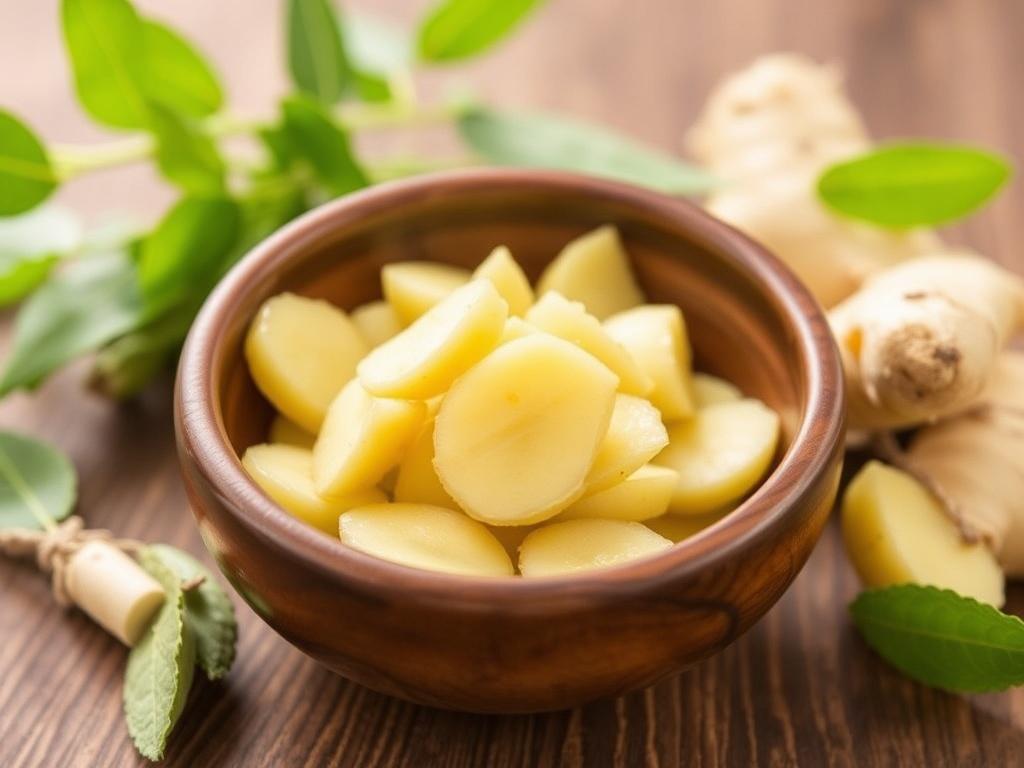
- Buy fresh ginger with smooth, firm skin. Avoid pieces that are shriveled or soft.
- Store fresh ginger in the refrigerator (unpeeled) for up to a few weeks, or slice and freeze portions for longer storage.
- Check labels on supplements for standardized extracts and third-party testing where possible. Look for reputable brands that list the ginger content clearly.
- Avoid candies with excessive sugar if you’re watching blood sugar; choose fresh or powdered forms instead.
Real-life stories: how people use ginger
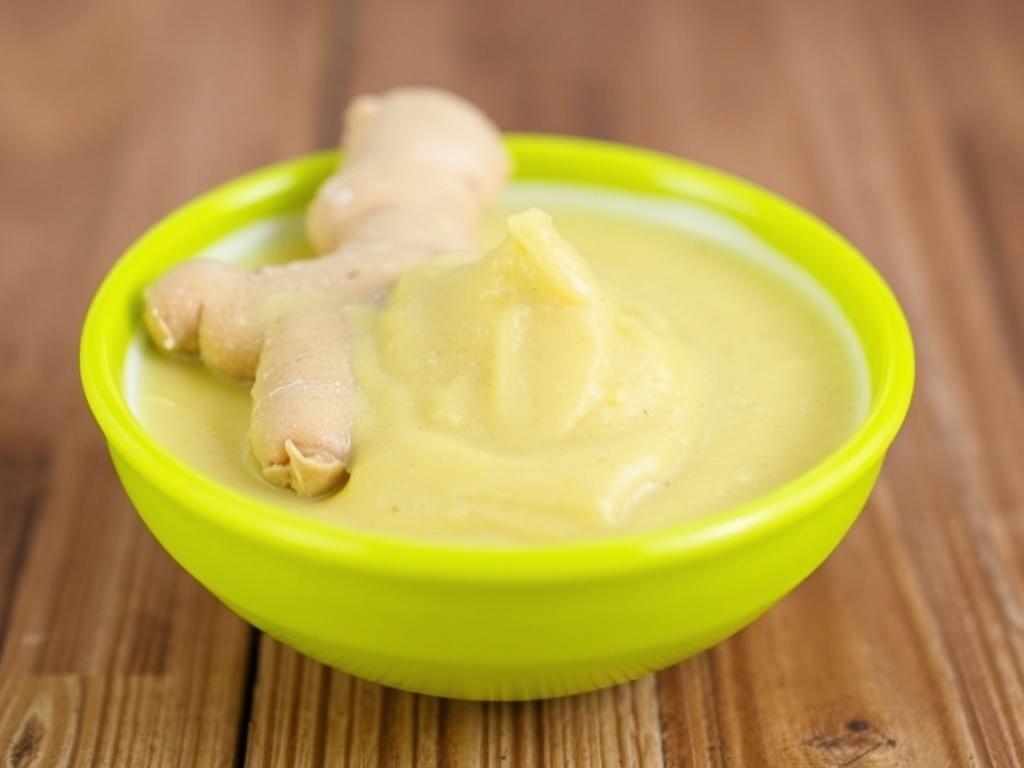
Many readers want concrete, relatable examples. Here are a few anonymized snapshots of common experiences:
- A commuter who got motion sick now chews a small piece of candied ginger before long train rides and finds the queasiness is much reduced.
- A pregnant friend started with 250 mg tablets twice daily and noticed less morning nausea within a few days, allowing her to keep down small meals.
- A parent used freshly brewed ginger tea for a child with a mild stomach bug (after checking with a pediatrician) and found it calmed vomiting frequency and encouraged sipping fluids.
- An office worker adds grated ginger to lunchtime congee and feels less bloated and more comfortable after heavy meals.
Final practical checklist
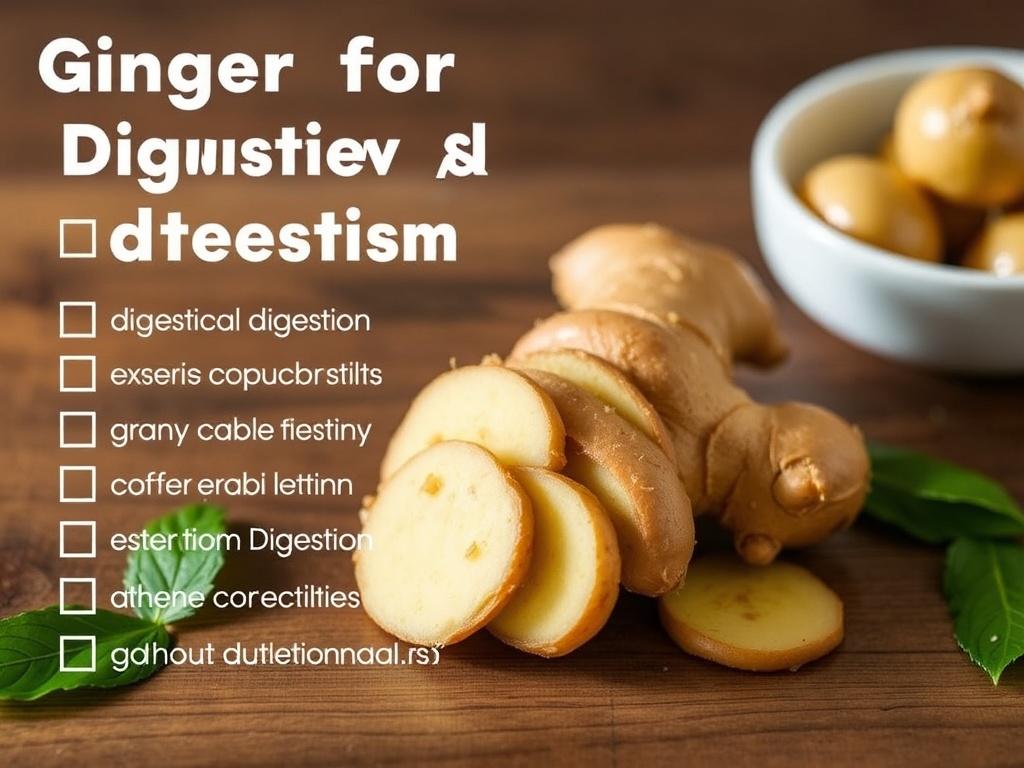
- Start small: try a cup of fresh ginger tea or 250–500 mg in capsules and assess effect.
- Keep ginger candy or fresh slices handy for quick relief during travel or sudden nausea.
- Talk to your clinician if you’re on blood thinners, pregnant with complications, diabetic, or on multiple medications.
- Use ginger alongside hydration, bland foods, and rest for best results in acute nausea.
- Consider standardized supplements if you want precise dosing, but prioritize food-based approaches for mild symptoms.
Conclusion
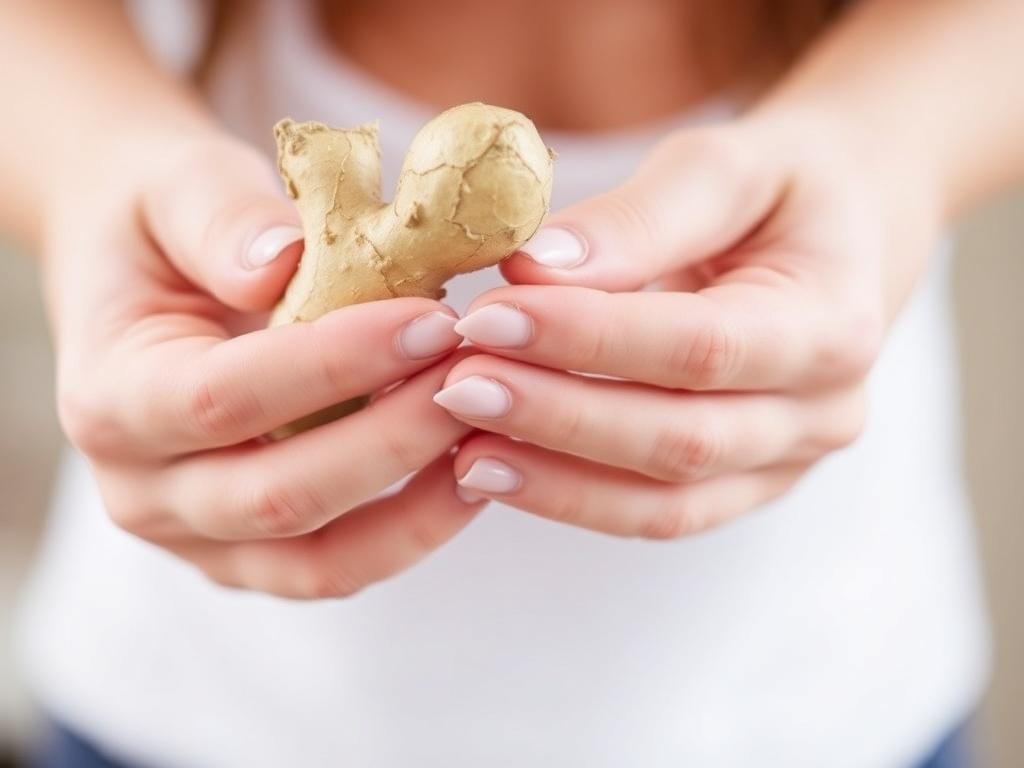
Ginger is a time-tested, low-risk option that can meaningfully reduce nausea and improve digestion for many people; it works through multiple mechanisms—speeding gastric emptying, modulating nausea pathways, and easing inflammation and spasms—so it’s useful in pregnancy-related nausea, motion sickness, mild dyspepsia, and some other situations, though it is usually best as a complement rather than a replacement for prescribed treatments in high-risk or severe cases; start with small, food-based doses like tea or fresh slices, watch for mild side effects, be mindful of interactions (especially with blood thinners), and consult your healthcare provider when in doubt or when symptoms are severe or persistent.





